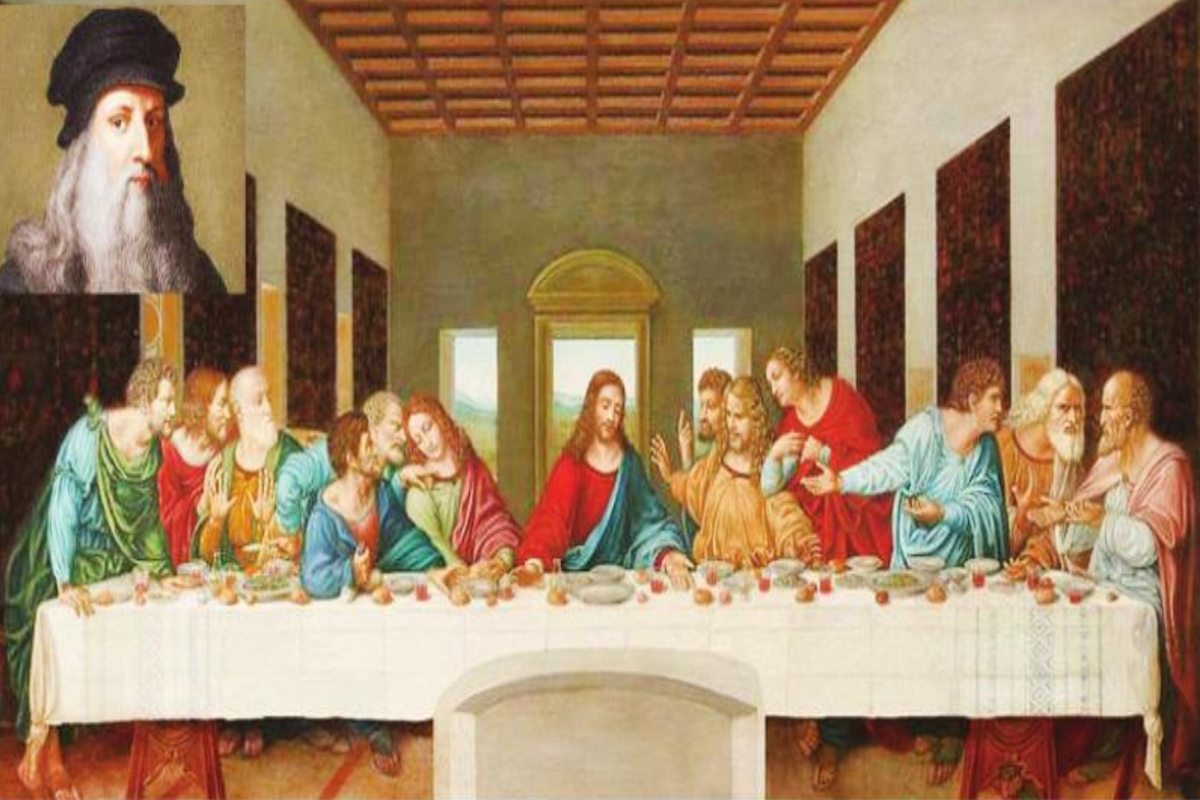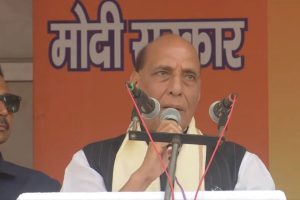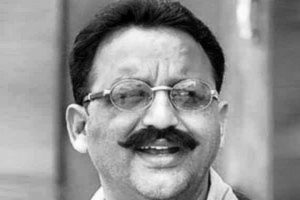A popular picture of Einstein’s room, clicked on the day he passed away in 1955, shows it to be disorganized with a cluttered desk. Hardly anyone ever thought that his often-untidy desk came in the way of his path-breaking contributions to quantum physics and relativity theory.
The first time I noticed the cluttered table of a very reputed scientist was that of Prof. Ian A. Campbell at Laboratoire de Physique des Solides, at Orsay in Paris, when I joined him on a fellowship for a few months, in 1987.
A renowned expert on spin glasses and disordered systems, some of his work forms the basis of today’s spintronics. In fact, Prof. Albert Fert, who won the Physics Nobel in 2007 for discovering giant magnetoresistance (GMR), had done his PhD in 1970 with Prof. Campbell as a research guide.
Advertisement
On a cold morning in November 1987, I arrived in Paris from Mumbai and was picked up by Campbell at Charles De Gaulle airport. After reaching his labs, he said that I would share his room as well as his table.
I noticed the shelves of ceiling-high racks in his room filled with books as I sat on a chair facing him, while he used a blackboard to describe the work done in his research group.
He soon realized that his table being chock-a-block with papers and files, there was no place free for me. He quickly cleared about one square foot of table surface in front of me, and told me, encouragingly, to push the stuff over further when I needed more space.
Over the next few days, I learned that Campbell was not only a master of quite a few topics in condensed matter physics but also a complete gentleman. Amazingly, he never locked his room.
It had no lock, anyway. Whenever he wished to keep his cash or valuables safe, during his short absence, he would pull a chair, and stand on that to keep them on a high shelf.
The clutter was only on his desk. His concepts of condensed matter physics were as sharp as of any genius, though he never showed it off.
On the other hand, while introducing me to senior fellow scientists he would praise me and my research output.
The Director of the lab, Prof. Robert Comes, would often come to our room to talk to Campbell since the latter was a member of the CNRS (Centre National de la Recherche Scientifique), the agency that runs their lab, and many similar research labs in France. They would debate administrative matters, speaking in French, of which I followed little. Since there were only two chairs in the room, one of them occupied by me, both of them would continue to stand till their discussion lasted.
Another scientist whose table was always cluttered was Dr C. Manohar, my mentor during the early days of my career. A very learned theoretical physicist, and a popular teacher, he was quite in the mould of Einstein ~ dishevelled, never dressed well, and always restless to design new experiments, though not good at doing them himself.
When a colleague and I would take up a new experiment designed by him, he would join us barely for 10 minutes, losing patience quickly, and go away. If we did well, he would encourage us greatly, but if things didn’t work, then he just said, “Leave it”. Intricacies of experiments didn’t interest him. What held his interest was designing them, or their end result.
Manohar was disorganized. He would leave anything, anywhere. A heap of files and books would cover the top of his table. His table drawers couldn’t be closed as they choked on sundry items. Once, he left a large bicycle pump on the side table in his room, unmindful that the room had co-occupants. Incidentally, he was using this pump in his experiments to generate air bubbles in a liquid containing a surfactant. Over the years, Dr Manohar developed a school of studies in soft matter. Young researchers came to him in droves, because at heart he was a do-gooder, eager to help anyone in distress.
He must have put the scientific careers of over 40 younger colleagues belonging to different research institutions located in Mumbai before he died in 2020, at age 81.
Possibly, the most cluttered table that I ever saw was that of my great friend, the late Prof. T. Nagarajan (d. 2004), who was Head of the Nuclear Physics Department of the University of Madras, at the Guindy campus in Chennai.
Very keen to discuss front-line problems in experimental physics and materials science, he had the immense drive to do several new experiments for which he had set up equipment to conduct Perturbed Angular Correlations, Mossbauer spectroscopy, Differential Scanning Calorimetry, etc. in his lab.
He would often invite me to deliver a seminar or for discussions with his research group which had a large number of P.hD students or post-docs, who drew inspiration from him.
The first time I entered his office room, I was taken aback by the disorder. I sat on a chair opposite him across his table, for a while, as he was reading a letter to be signed by him.
After doing so, he called his secretary to bring me in, even though I was still sitting opposite him, but not visible to him since the line of sight between us was blocked by a mountain of papers, files and books on his table!
Once I asked Prof. Nagarajan why he couldn’t organize his desk by getting rid of unwanted stuff. He just laughed, perhaps because he was comfortable with the status quo.
I then asked him probingly: “How do you fish out any papers that you need from the heap on your table?”. He admitted that it was not easy, but he said the silver line was that no one could easily steal any useful document from his desk because tracing that would be an uphill task for the thief!
Finally, can one preserve order in ‘disorder’? The founder of modern science and the biggest polymath known, Leonardo da Vinci (1452-1519), used ‘disorder’ to keep the ideas of his so many inventions safe in his notebooks, writing all his notes in reverse, mirror images, deliberately.
And he left behind 13,000 pages of drawings and notes, which are currently considered very precious.
(The writer is ex-Chairman, Atomic Energy Education Society, Mumbai and Associate Director (Retd.), Physics Group, Bhabha Atomic Research Centre)
Advertisement











